The Lens Shapes the Story: Understanding Focal Length in Film
 Abhinav Gopal
Abhinav Gopal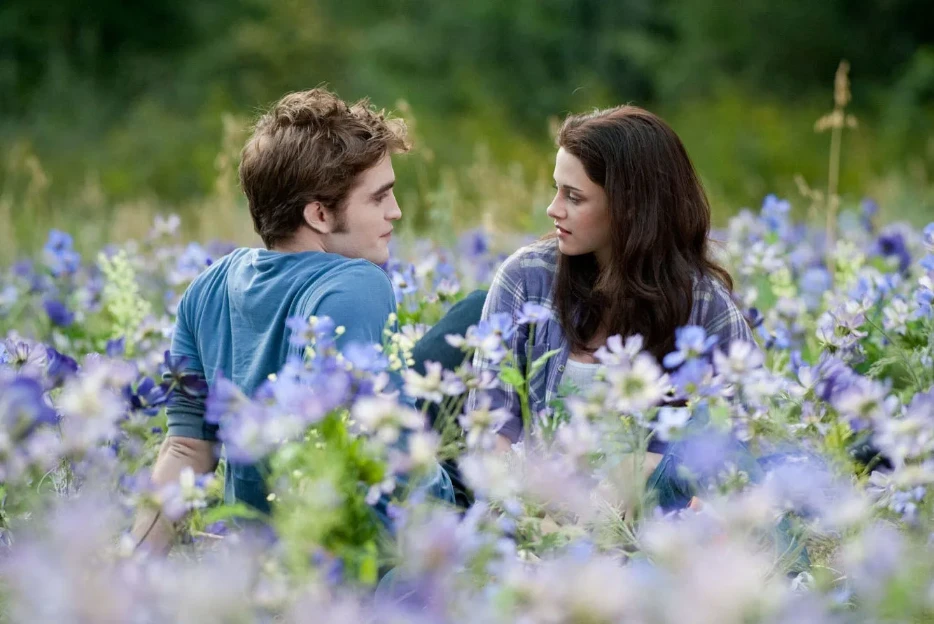
Focal length is one of the most important decisions in filmmaking — and one of the least understood.
It's not just about how "zoomed in" a shot looks. Focal length affects how much of the scene you see, how space is compressed or stretched, how close a character feels, and how emotionally connected the audience is to the image.
Choose a wide lens, and the world feels expansive or chaotic. Choose a long lens, and it feels intimate or claustrophobic. Every choice shifts the psychology of the frame.
In this post, we'll break down:
- What focal length actually is
- The math behind how it works
- How different focal lengths shape emotion, perspective, and story
This is more than camera specs. It's how the lens becomes a storytelling tool.
A Quick Dive into the Math (Don't Worry — It's Worth It)
If you're like me, it's hard to truly grasp a concept until you understand why it works. So if you're curious about the mechanics behind focal length, this section is for you. If not, feel free to skip ahead.
📏 Why Do We Use "Infinity" to Define Focal Length?
Camera lenses are made up of several internal glass elements that shift depending on how far away your subject is. That shifting makes it harder to compare different lenses directly — because the image distance changes based on where your subject is.
So to compare lenses fairly, we standardize the subject distance.
How? We imagine the subject is infinitely far away — like at the horizon. This simplifies things:
When a subject is extremely far away, the light rays entering the lens are parallel.
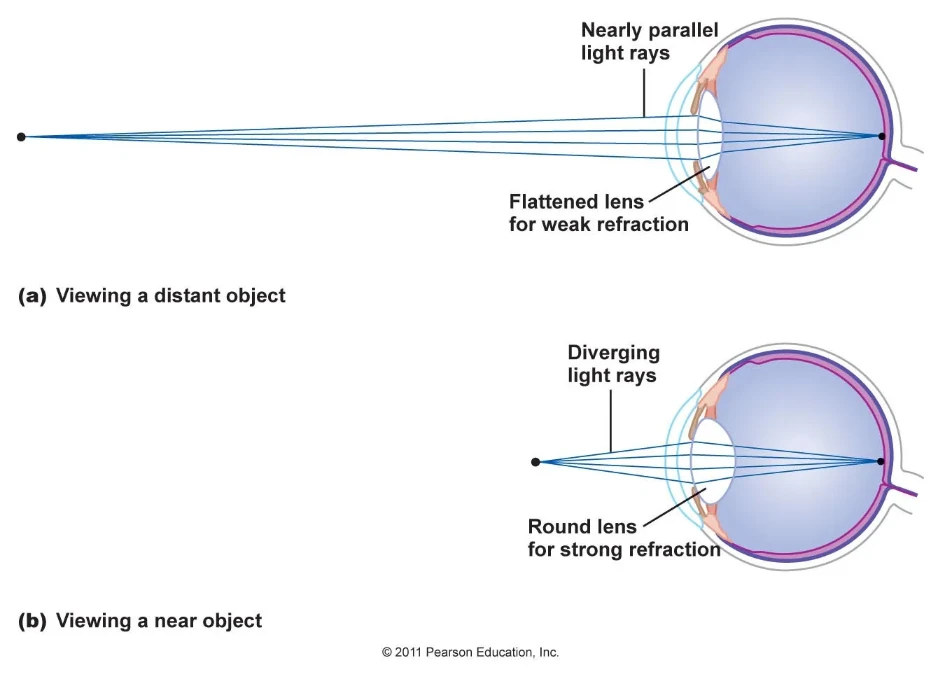
That's important, because parallel rays always converge at a fixed point inside the lens — the focal point. And that distance, from the center of the lens to the point where those rays converge on the sensor, is what we call the focal length.
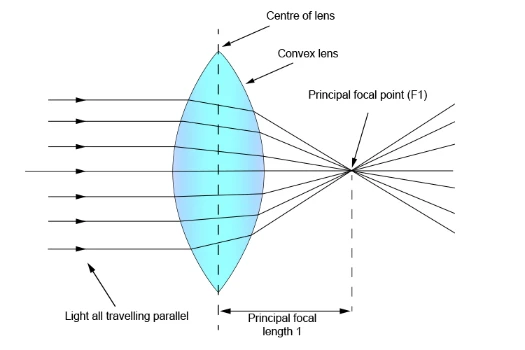
So:
Focal length = the distance from the lens to the sensor when focusing on something infinitely far away.
At this focal point — where all the light rays meet — the image is in perfect focus.
🔍 The Thin Lens Equation
The math behind this is captured by the thin lens formula:
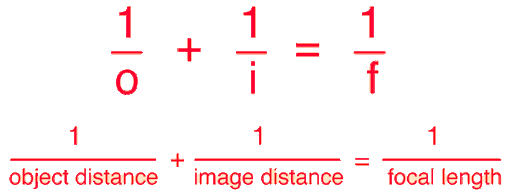
If the subject is extremely far away, then o is basically infinity — and:
1/i = 1/f → i=f
So: When the subject is at infinity, the image forms exactly one focal length behind the lens.
That's where the "35mm," "50mm," or "200mm" names come from — those numbers are literal measurements of this distance in millimeters.
🎯 Why Focal Length Affects What You See
Now here's the fun part — understanding how the math translates into what the image looks like.
1. Field of View
- The shorter the focal length (e.g., 18mm), the wider the field of view.
- The longer the focal length (e.g., 135mm), the narrower the field of view.
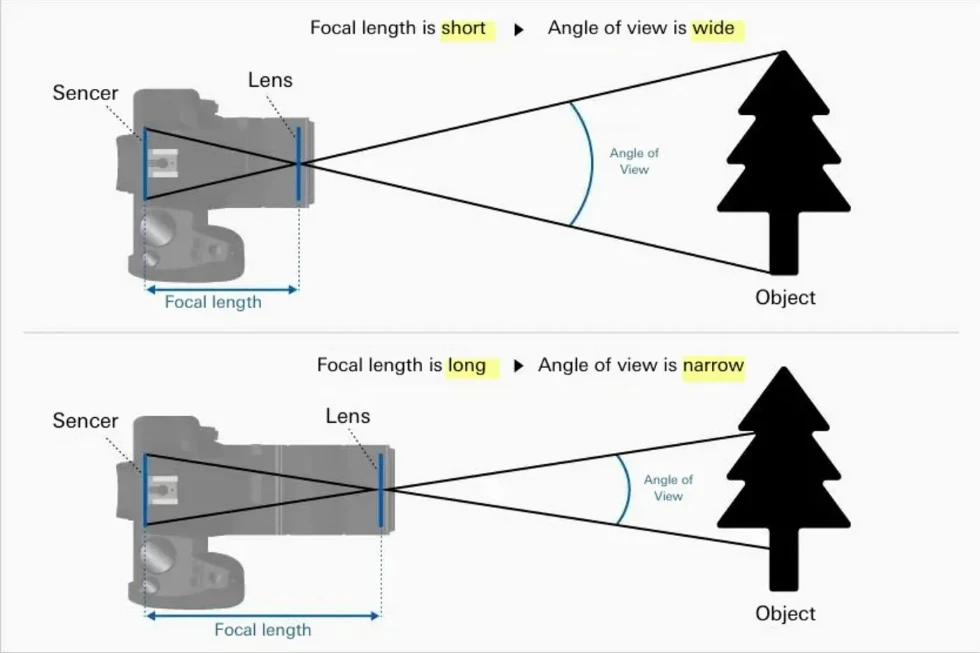
Think of it like looking through a cone:
- A short focal length opens the cone wide — you see more of the scene.
- A long focal length narrows it — you see less, but it's zoomed in.
2. Magnification and Compression
Long focal lengths also magnify your subject. They don't just crop — they project a larger version of the subject onto the sensor.
But here's where it gets really interesting:
- With a wide lens (like 24mm), you have to stand close to your subject to fill the frame. This makes the background appear farther away, exaggerating depth.
- With a long lens (like 135mm), you have to stand farther back to frame the subject the same way. Because you're now farther from both subject and background, the two appear closer together — this is what we call compression.
So:
- Long focal length = larger subject + compressed background
- Short focal length = smaller subject + exaggerated depth
🎬 Focal Length in Action: How Filmmakers Use It to Shape Emotion
Once you understand how focal length affects field of view, magnification, and spatial perception, the real power of the lens becomes clear: it's not just about what's in the frame — it's about how the frame feels.
Here's how different focal lengths are used intentionally in film to create distinct emotional and narrative effects.
🧍♂️ Wide Lenses (14mm–35mm): Energy, Distance, Chaos
Use when: You want to feel close to the action, exaggerate space, or create a sense of unease.
Effect: Wide lenses distort perspective — objects closer to the lens appear much larger than those further back. This creates tension, energy, or comedy.
Emotionally: They can feel confrontational, restless, or off-balance — perfect for handheld work, chases, or surreal moments.
🎥 Example: In The Shawshank Redemption, wide lenses are used throughout to emphasize the vastness and oppressive nature of the prison — towering walls, endless hallways, and open yards that paradoxically feel confining. In moments like Andy walking through the cellblock or standing alone in the yard, the wide lens shows how small he is in a space designed to contain and erase individuality. Later in the film, those same lenses are used for the opposite effect — to make freedom feel immense, like when Andy stands in the rain, arms outstretched.
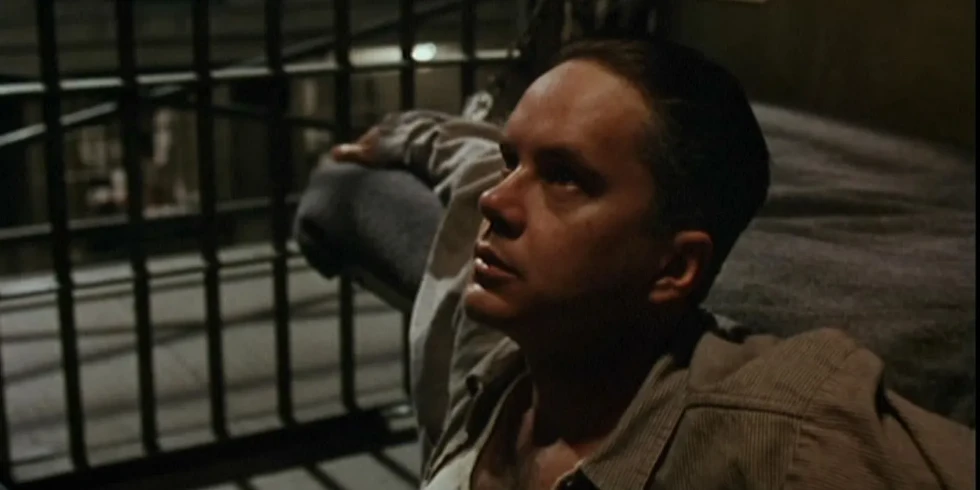
🧑🤝🧑 Normal Lenses (40mm–50mm): Realism and Balance
Use when: You want the image to feel natural, neutral, or transparent.
Effect: These lenses closely match the field of view of the human eye (on a full-frame sensor), with minimal distortion.
Emotionally: Feels intimate but not invasive, balanced, and unbiased — great for dialogue scenes or moments where the framing should disappear.
🎥 Example: Much of Lady Bird is shot on a 40mm lens, which keeps us grounded in Christine's world without pushing us emotionally in one direction or another.
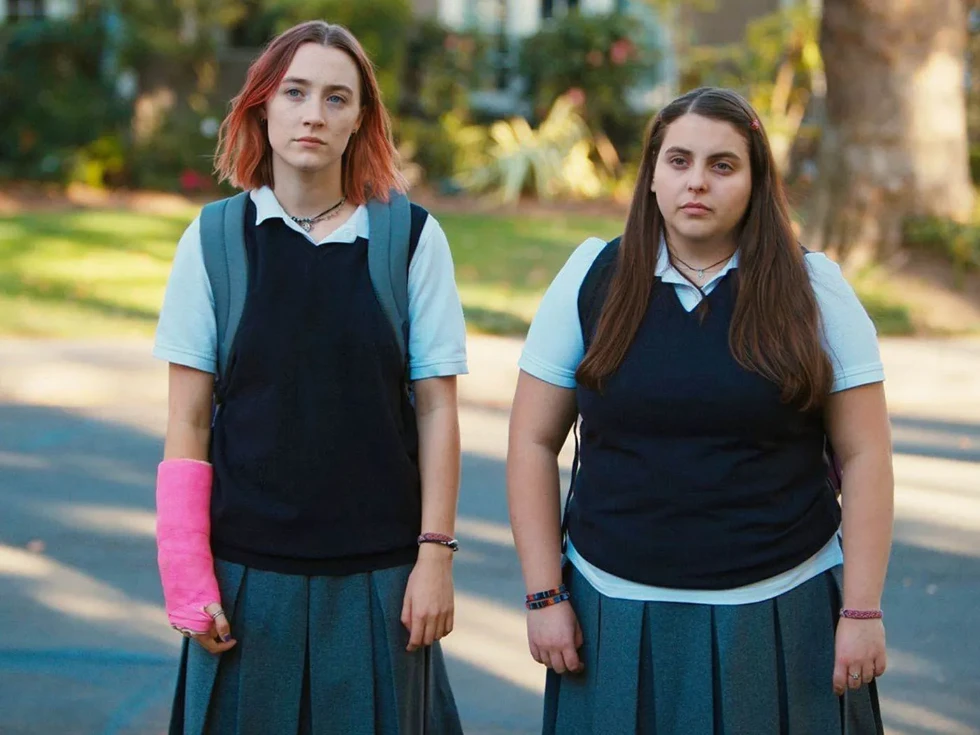
🎯 Long Lenses (85mm–200mm+): Intimacy, Isolation, Power
Use when: You want to isolate a subject, flatten the background, or introduce emotional tension.
Effect: Long lenses compress space, blur backgrounds, and create a shallow depth of field. Faces appear fuller and more symmetrical. Subjects feel observed.
Emotionally: Feels invasive, introspective, or even surveillant — often used in romance, drama, or thrillers.
🎥 Example: In Twilight, the meadow scene — one of the most iconic in the film — uses a long lens to isolate Bella and Edward from the world around them. The background melts into soft color. The space between them and the environment feels compressed, heightening the sense that this moment exists outside of reality. The camera watches them from afar, but the long lens makes the connection feel intense and private.

🧠 It's Not Just "Look" — It's Language
A lens isn't just a visual tool — it's a psychological one. The focal length you choose says something, even if the audience doesn't consciously realize it.
- Want the audience to feel like they're in the scene? Use a wide lens and get physically close.
- Want them to observe from afar — or study emotion with clinical precision? Step back with a long lens.
- Want emotional neutrality? Stay around 50mm and let the performance shine.
The best directors and DPs use focal length the way composers use pitch — bending space to match the emotion of the scene.